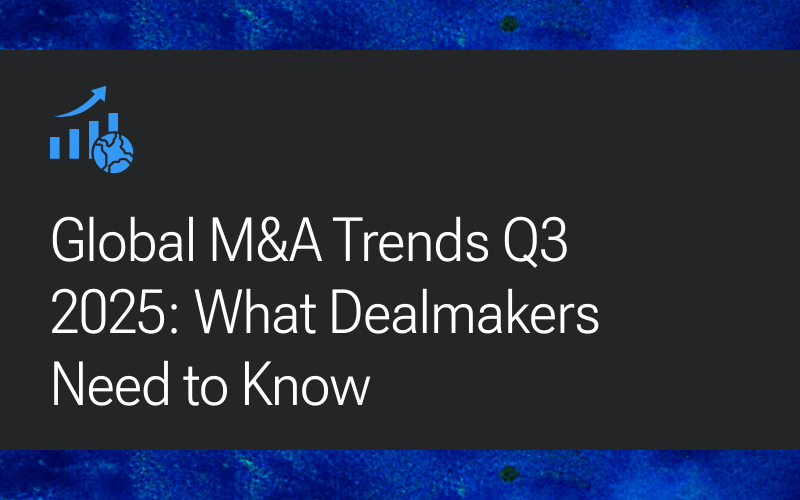The investment management industry increasingly depends on integrating diverse data sources and specialized tools with AI platforms. This integration landscape creates technical challenges for both providers and users: custom connections are resource-intensive to build and difficult to maintain at scale.
Model Context Protocol (MCP) addresses this challenge by standardizing how AI systems communicate with external resources. At Blueflame AI, we're implementing MCP to improve our platform's integration capabilities while enabling more flexible workflows for investment firms.
In this post, we'll explain what MCP is, explore the specific benefits we're seeing in our implementation, and share our roadmap for expanding these capabilities across our platform.
What is Model Context Protocol (MCP)?
MCP provides a standardized methodology for interactions between AI systems and third-party tools, databases, and services. In practical terms, MCP:
- Creates a common "language" for AI-to-service communication
- Reduces custom code requirements for each new integration
- Centralizes governance of data flows between systems
- Enables consistent security and compliance enforcement across integrations
For investment firms using Blueflame AI's platform, this means accessing data and specialized tools through a unified framework rather than navigating disconnected systems. MCP works alongside our existing integration approaches while we evaluate its effectiveness in different use cases.
The broader standardization ecosystem
MCP is part of an emerging ecosystem of standardization protocols in the AI industry. A related development is Google's Agent2Agent (A2A) protocol, which complements MCP by focusing on a different integration challenge. While MCP standardizes how an AI connects to data and tools, A2A standardizes how multiple AI systems can communicate and work together on complex tasks. Together, these protocols address two critical aspects of integration: system-to-resource connections and system-to-system collaboration.
How MCP delivers value to investment managers
BlueFlame AI’s implementation of MCP offers three key benefits to our clients:
1. Reduced system complexity
When multiple data sources and tools connect through a standardized protocol rather than custom integrations, maintenance becomes more straightforward. For investment managers, this translates to more reliable platform performance during updates and expansions.
Example: When we update our document processing capabilities, the standardized MCP connections mean we can implement improvements without disrupting existing connections to market data feeds or compliance tools.
2. Faster integration development
MCP provides a blueprint for connecting new data sources and tools, reducing the engineering time required for each additional integration.
Example: A specialized dataset provider that follows MCP standards can potentially be integrated in days rather than weeks, allowing investment managers quicker access to new information sources.
3. Improved context management
MCP includes frameworks for defining what information should accompany requests between systems, ensuring appropriate context is maintained throughout complex workflows.
Example: When analyzing portfolio performance, the system can automatically include relevant market conditions, fund parameters, and compliance requirements in each processing step without manual configuration.
Implementation roadmap
As we continue implementing MCP alongside our conventional integrations, we're focusing on two practical applications:
Expanding integration capabilities
Investment firms rely on diverse products including workplace productivity tools, client relationship management systems, and specialized investment analysis platforms. Our standardized approach aims to accelerate new connections to these systems, prioritizing those with the highest impact on investment decision workflows.
Supporting multi-system collaboration
The combination of MCP for external connections and A2A for system-to-system communication provides a technical foundation for more complex automated workflows. This will allow specialized components to collaborate on investment tasks that currently require manual coordination between different systems.
Current status and next steps
We've begun implementing MCP with selected data providers and tool integrations while maintaining our existing connection frameworks. This parallel approach allows us to evaluate benefits and challenges in real-world conditions before broader deployment.
Over the next six months, we'll be measuring:
- Development time savings for new integrations
- Maintenance requirements compared to conventional approaches
- Performance impacts across different usage patterns
We'll share practical insights from this implementation process as they emerge, focusing on concrete applications for investment management workflows rather than theoretical possibilities.
As we continue our testing and evaluation, we'll be sharing more insights about our experience with MCP. We believe this protocol represents an important development in the AI integration landscape, and we're excited to be at the forefront of exploring its potential for the alternative investment sector.

.avif)
.png)
.png)
